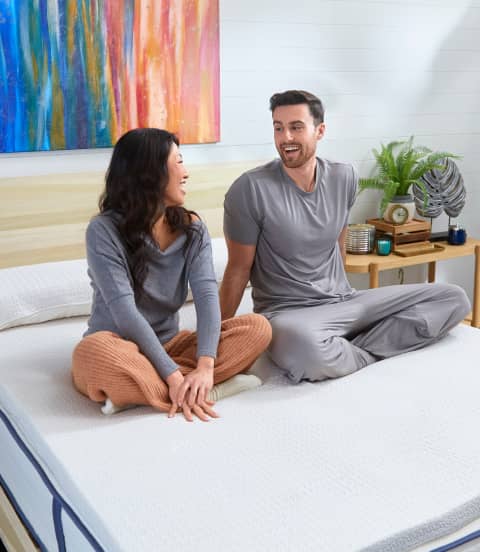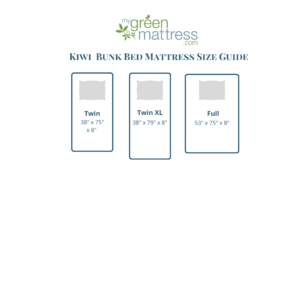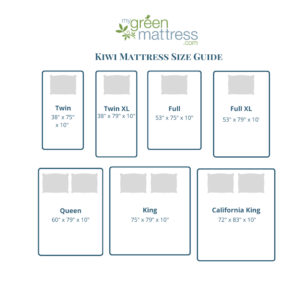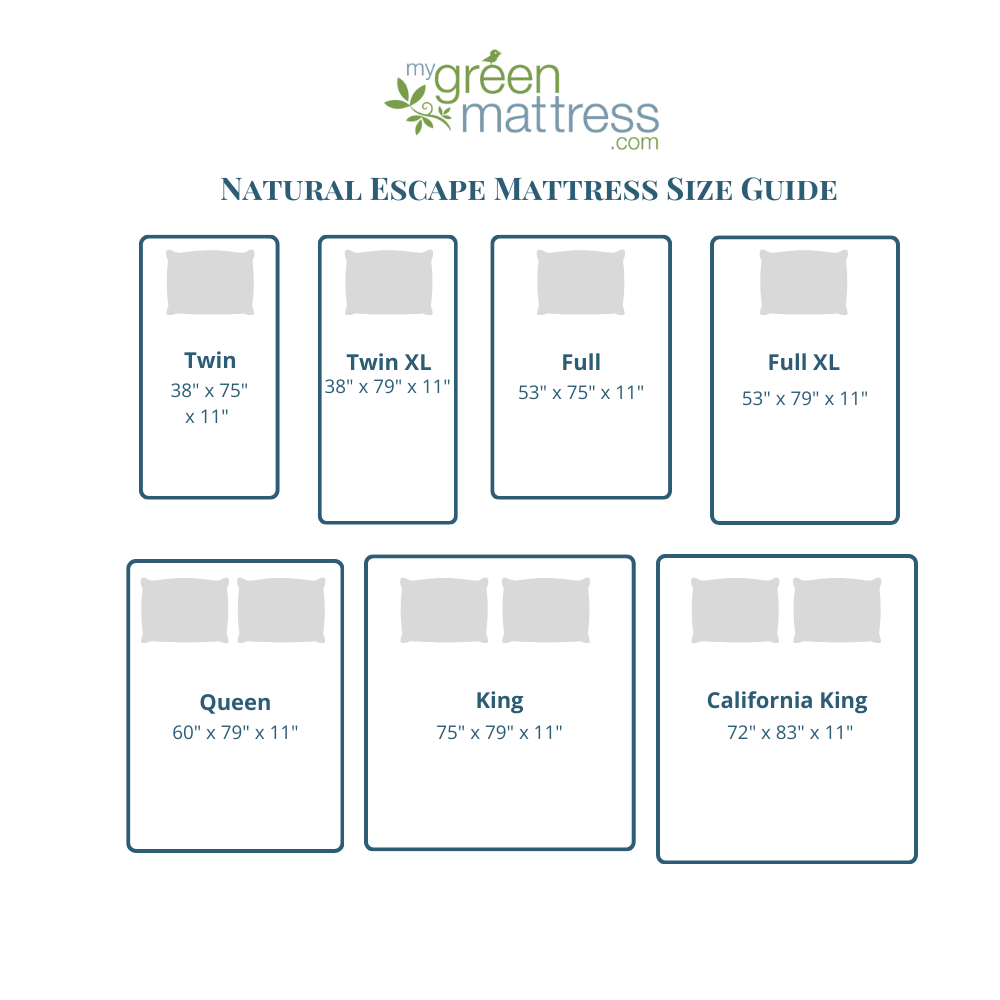A popular idiom tells us that less is more. First coined by poet Robert Browning, it describes a preference for things simply and beautifully done over unnecessarily complicated or fussy things. Although the notion that less is more is central to modern-day minimalism, this approach to life isn’t merely about having fewer possessions. Instead, it promotes the idea that we should carefully cull our surroundings and invest our time, energy, and space only in those things that are personally meaningful. Because it requires a great deal of thoughtfulness, embracing aspects of minimalism can help us lead happier and healthier lives. Best of all, it’s easy to incorporate practical elements of minimalism into everyday life in our homes.
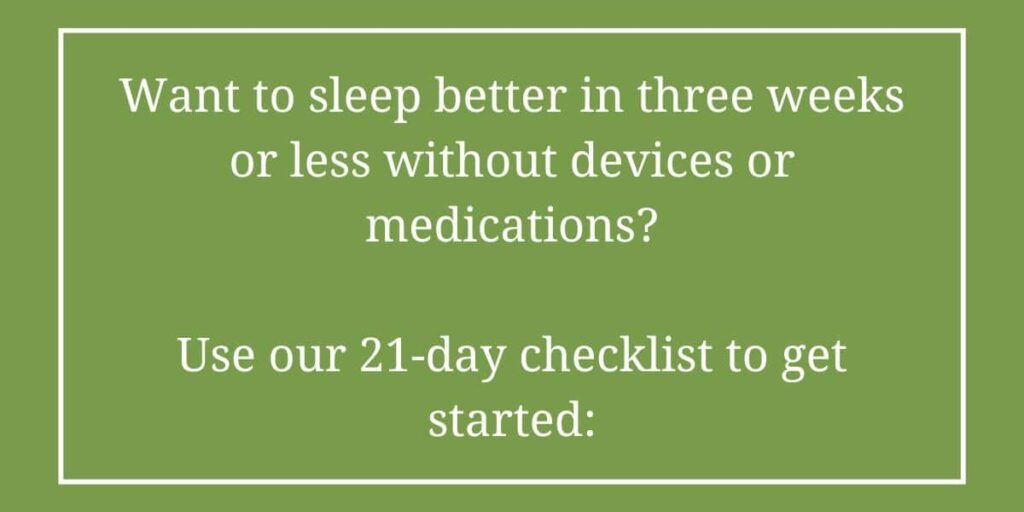
Modern Day Minimalism Defined
At its core, minimalism is all about intentionality. This approach encourages us to seek a purposeful life beyond possessions, fads, and the consumerism that defines so much of culture. Through minimalism, we consider who we are apart from our things. Many people find such thoughts enormously freeing. We let go of competition with others and any other external, imposed ideas of who we should be, what we should have, and what we should do.
Most importantly, minimalism is not an all-or-nothing, one-size-fits-all philosophy. As individuals, we are encouraged to decide what matters most to us and leave the rest. Some of what we leave behind will inevitably be possessions we thought we should have but eventually realize we don’t want or need.
How Minimalism Impacts Health
Embracing minimalism does more than just help us free up space at the back of the closet. We can realize real and lasting health benefits when we dare to pare down and live with intention. Minimalism helps us:
- Avoid the high cost of clutter. Physically decluttering our lives can help us mentally declutter, leaving us with space for clearer perspectives. As a result, we feel less stressed and anxious.
- Create healthier homes in which to live. Clearing out and cleaning up means we will be breathing air free of dust and other allergens.
- Save money as we more thoughtfully consider purchases. Prioritizing spending helps minimalists more quickly achieve long-term financial goals.
- Live freer, more intentional lives. This includes learning to say no to elements of life that don’t align with our interior values, a freeing process in and of itself.
Achievable Steps to Attaining the Lifestyle of a Minimalist
Minimalism as a blueprint for all aspects of life can feel like a lot to take on, but some principles are easily applied to everyday life in our homes. First, it’s wise to start small. Begin with one room of the house, preferably the bedroom, where we spend so much of our lives and where we need to find sanctuary and rest. Even if it temporarily pushes clutter throughout the rest of the house, a clean bedroom will pay dividends in improved health and peace of mind.
A good minimalist bedroom starts with the best bed. As the essential centerpiece and defining purpose of the room, the mattress should be comfortable and promote health. It is a worthy and necessary investment. Shop My Green Mattress for the best certified organic mattresses to suit every sleeper.
When ready, harness the momentum of an organized bedroom to inspire avenues for decluttering and simplifying other areas of life. Consider what possessions can be rehomed, repurposed, donated, or recycled. A checklist can help organize thinking.
Finally, research suggests that experiences bring more lasting joy than possessions. Continue simplifying life to the essentials and practice intentionality as a means to uncover the things that matter most. By living more intentional lives, we can pass onto future generations lasting strategies for health and wellness.

